Stunning Madaba Map: Oldest Known Mosaic Built Of Two Million Stone Cubes
A. Sutherland - AncientPages.com - The map of Madaba is the oldest known and existing geographic floor mosaic map of the Holy Lands in art history.
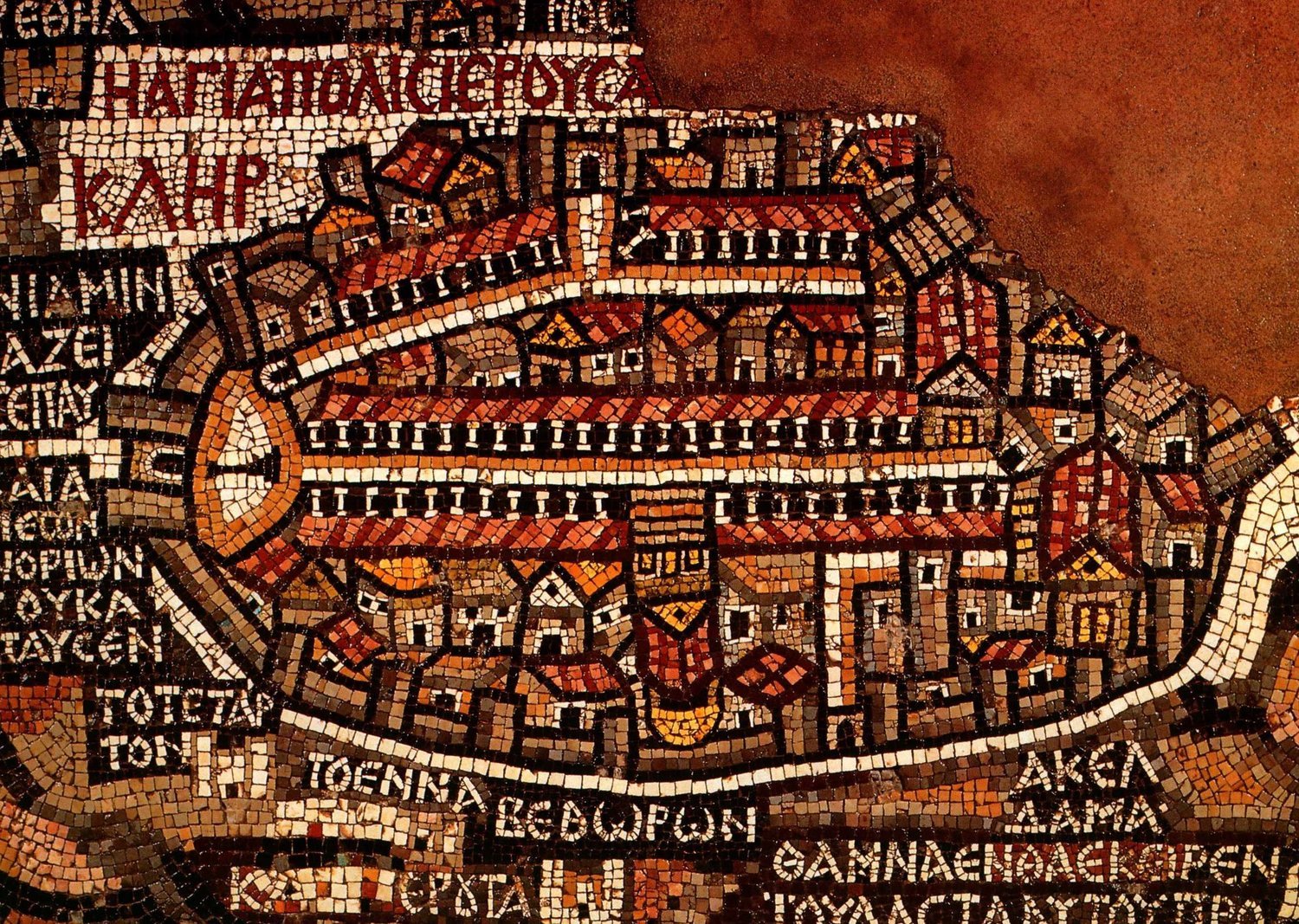 The fragment that depicts Jerusalem. Walls are visible around the big cities, including Jerusalem, Jericho, and Ashdod. Jerusalem is the focus of the map. The Madaba Map Centenary, 1897-1997 - Unknown author - Public Domain
The fragment that depicts Jerusalem. Walls are visible around the big cities, including Jerusalem, Jericho, and Ashdod. Jerusalem is the focus of the map. The Madaba Map Centenary, 1897-1997 - Unknown author - Public Domain
This beautiful and colorful work of ancient artists (or perhaps cartographers) who had both skills and biblical knowledge shows very accurate locations of the area, from Tyre in the north to the Egyptian Delta in the south, with all mountains, rivers, and the major cities.
The map that was created between 542 and 570 covers the floor of the Basilica of St. George in the city of Madaba ("the city of mosaics") in Jordan, about 15 miles southeast of the northern part of the Dead Sea.
The history of Madaba (mentioned in the Bible and on the Mesha Stele) goes back thousands of years. The first settlements in the area formed there in the 4th millennium BC. At the time of the Exodus and conquest, 1406 BC, Madaba, and Mt. Nebo were part of the territory of Moab. (Isa 15:2; Num 36:1; Deut 32:49.)
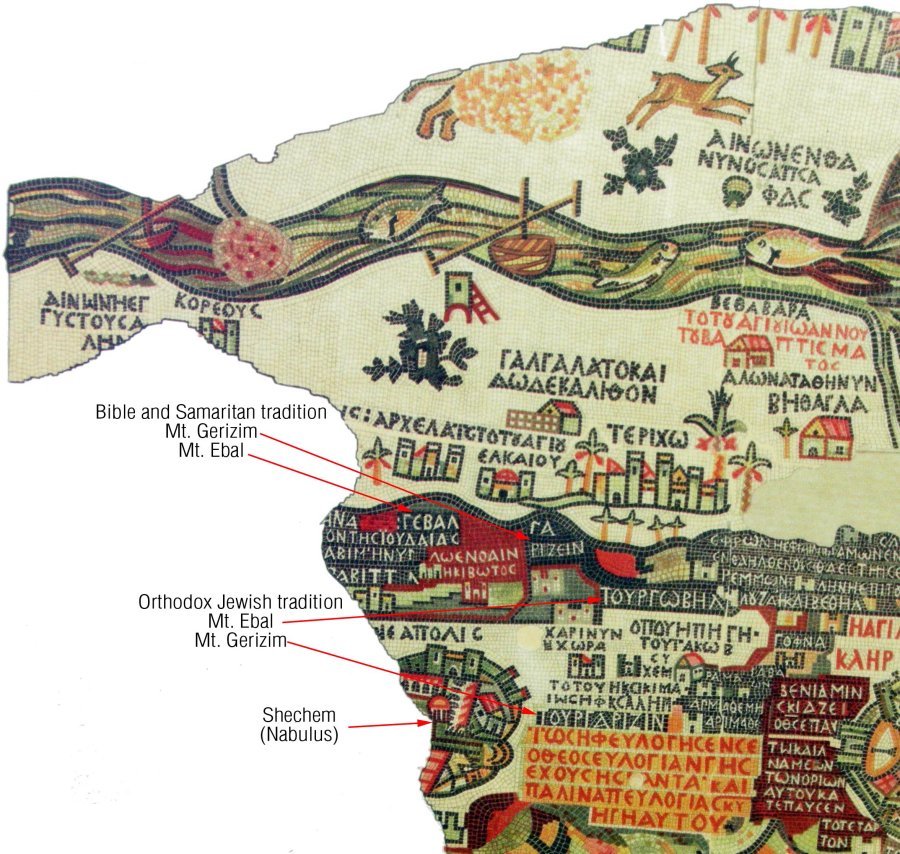 Madaba Map of Biblical Lands. Image credit: Bible ca.
Madaba Map of Biblical Lands. Image credit: Bible ca.
Taken by the Amorite king Sihon, which happened shortly before Joshua's conquest of Canaan, the Israelites passed through, took the city of Madaba, and conquered Sihon.
According to 1 Maccabees 9:32-42, Madaba was inhabited by a Nabataean tribe, the sons of Jambri, in the 2nd century BC.
Madaba had a long and turbulent history of being constantly captured by one enemy and passed back and forth from one conqueror to another.
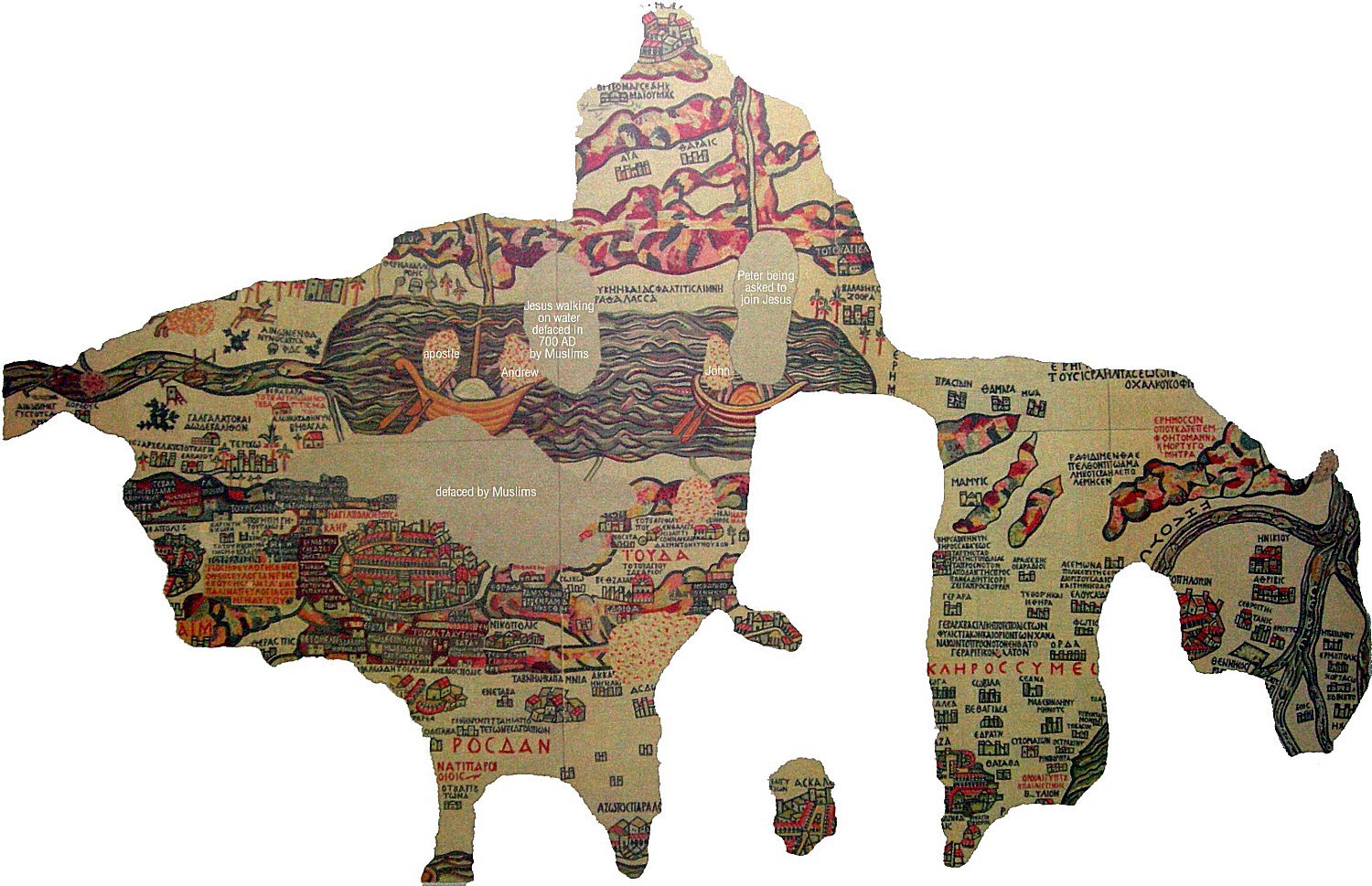 Madaba Map is considered by some scholars to be the best topographic representation ever done before modern cartography. Image credit: bible.ca
Madaba Map is considered by some scholars to be the best topographic representation ever done before modern cartography. Image credit: bible.ca
The map was initially created during the reign of emperor Justinian, 527-565 AD. It was formed of 2 million colored cubes and measured about 51 feet x 19.5 feet (15.5 m x 6 m).
The present remains of the map are composed of 750,000 cubes measuring 34.5 feet x 16.5 feet (10.5 m x 5 m and 150 Greek inscriptions in various sizes.
The most detailed element of the topographic depiction is Jerusalem, located at the center of the map. The anonymous artist accurately portrayed the old buildings of Jerusalem's Old Town, its gates, and some facilities, such as the Basilica of the Holy Sepulcher, Gethsemane, and the Citadel of David.
 Madaba Mosaic Map on the floor of the Basilica of St. George in the "city of of mosaics” in Jordan. Image credit: Visitpalestine.ps
Madaba Mosaic Map on the floor of the Basilica of St. George in the "city of of mosaics” in Jordan. Image credit: Visitpalestine.ps
Archaeological excavations conducted in 2010 further substantiated its accuracy with the discovery of a road depicted on the map that runs through the center of Jerusalem.
There are also clearly depictions of the Dead Sea, the bridges connecting the banks of the Jordan, river fish, and lions hunting gazelles on the Moab steppes, as well as cities, such as the Jericho palms and sacred places of Christians such as Bethlehem.
The mosaic was rediscovered in 1884 during the construction of a new Greek Orthodox church. In 1965-1966, the map was rediscovered and described by German archaeologists. All objects shown on the map are represented in Greek.
The unknown artists probably made the map for the Christian community of Madaba, which was the bishop's seat at that time. In 614, Madaba was conquered by the Sasanian Empire. In the eighth century, the ruling Muslim Umayyad Caliphate had some figural motifs removed from the mosaic.
Patriarch Nicodemus I of Jerusalem was informed about the incident, but no research was carried out until 1896 AD.
Unfortunately, large portions of the Madaba Map were damaged by fires and moisture effects that destroyed the art's quality. In 1965, major restoration works were undertaken to restore the remaining parts of the mosaic.
Written by – A. Sutherland - AncientPages.com Senior Staff Writer
Updated on September 29, 2022
Copyright © AncientPages.com All rights reserved. This material may not be published, broadcast, rewritten or redistributed in whole or part without the express written permission of AncientPages.com
Expand for referencesReferences:
Aa.Vv. The Mediterranean Medina: International Seminar
More From Ancient Pages
-
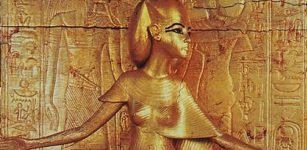 Serket: Scorpion Goddess Who Could Heal Poisonous Bites And Sting Evildoers
Egyptian Mythology | May 17, 2019
Serket: Scorpion Goddess Who Could Heal Poisonous Bites And Sting Evildoers
Egyptian Mythology | May 17, 2019 -
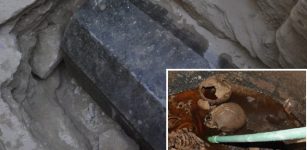 Thousands Want To Drink Red Liquid From The Granite Sarcophagus In Egypt
Archaeology | Jul 23, 2018
Thousands Want To Drink Red Liquid From The Granite Sarcophagus In Egypt
Archaeology | Jul 23, 2018 -
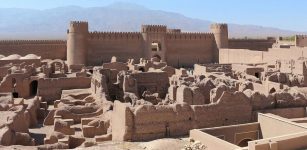 Graves Dated To Achaemenid Or Parthian Empire – Found In Iran
Archaeology | Aug 15, 2018
Graves Dated To Achaemenid Or Parthian Empire – Found In Iran
Archaeology | Aug 15, 2018 -
 Were The Bones Of Fallen Battle of Waterloo Soldiers Sold As Fertilizer? – New Study
Archaeology | Jun 18, 2022
Were The Bones Of Fallen Battle of Waterloo Soldiers Sold As Fertilizer? – New Study
Archaeology | Jun 18, 2022 -
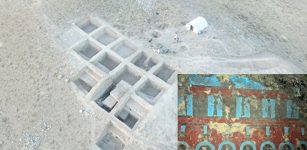 First Look At Mysterious 2,700-Year-Old Underground Frescoes Hidden Inside An Urartu Structure
Archaeology | Oct 6, 2022
First Look At Mysterious 2,700-Year-Old Underground Frescoes Hidden Inside An Urartu Structure
Archaeology | Oct 6, 2022 -
 Terrifying Buggane: Demonic And Tyrannical Celtic Demon That Hated Churches And Set Them On Fire
Celtic Mythology | Jul 14, 2017
Terrifying Buggane: Demonic And Tyrannical Celtic Demon That Hated Churches And Set Them On Fire
Celtic Mythology | Jul 14, 2017 -
 Seven New Ancient Buddhist Caves – One With ‘A Harmika’ – Discovered In Mumbai
News | Jan 19, 2016
Seven New Ancient Buddhist Caves – One With ‘A Harmika’ – Discovered In Mumbai
News | Jan 19, 2016 -
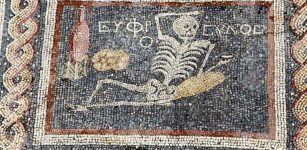 ‘Skeleton Mosaic’ – 2,400-Year-Old Scenes Depicted On Glass Artwork Found In Turkey
Archaeology | Apr 23, 2016
‘Skeleton Mosaic’ – 2,400-Year-Old Scenes Depicted On Glass Artwork Found In Turkey
Archaeology | Apr 23, 2016 -
 Mysterious Ancient Spiral Structure And Buried Towers Discovered At Angkor Wat
Archaeology | Dec 9, 2015
Mysterious Ancient Spiral Structure And Buried Towers Discovered At Angkor Wat
Archaeology | Dec 9, 2015 -
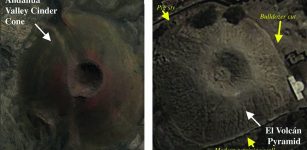 El Volcán: Mysterious Volcano-Shaped Pyramid With Never Revealed Secrets In Peru
Archaeology | Jun 6, 2017
El Volcán: Mysterious Volcano-Shaped Pyramid With Never Revealed Secrets In Peru
Archaeology | Jun 6, 2017 -
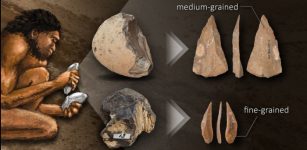 Paleolithic Humans May Have Understood The Properties Of Rocks For Making Stone Tools
Archaeology | Dec 2, 2023
Paleolithic Humans May Have Understood The Properties Of Rocks For Making Stone Tools
Archaeology | Dec 2, 2023 -
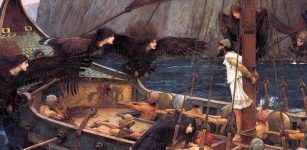 Sirens: The Secret Of The Power In Their Captivating Song That Heralded Death
Featured Stories | Jul 9, 2023
Sirens: The Secret Of The Power In Their Captivating Song That Heralded Death
Featured Stories | Jul 9, 2023 -
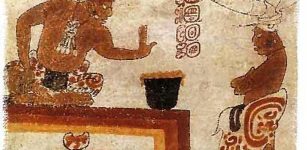 Ancient Maya Sacred Groves Of Cacao Trees – Located
Archaeology | Jan 31, 2022
Ancient Maya Sacred Groves Of Cacao Trees – Located
Archaeology | Jan 31, 2022 -
 Humans Have Been In The Arctic For Over 40,000 Years – New Discoveries Reveal
Archaeology | Jul 12, 2022
Humans Have Been In The Arctic For Over 40,000 Years – New Discoveries Reveal
Archaeology | Jul 12, 2022 -
 How Great Emperor Ashoka Realized And Showed All Living Beings Matter
Featured Stories | Mar 4, 2021
How Great Emperor Ashoka Realized And Showed All Living Beings Matter
Featured Stories | Mar 4, 2021 -
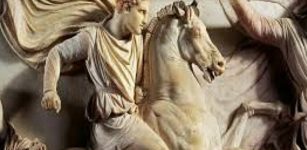 On This Day In History: Alexander The Great Died In Babylon – On June 11, 323 BC
News | Jun 11, 2016
On This Day In History: Alexander The Great Died In Babylon – On June 11, 323 BC
News | Jun 11, 2016 -
 Ancient Dragon Stone That Inspired Legends Discovered In Turkey
Archaeology | Dec 12, 2018
Ancient Dragon Stone That Inspired Legends Discovered In Turkey
Archaeology | Dec 12, 2018 -
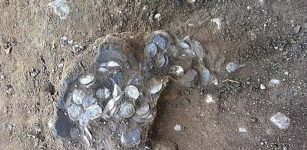 Viking Age silver coins unearthed in Jutland
Artifacts | Aug 27, 2015
Viking Age silver coins unearthed in Jutland
Artifacts | Aug 27, 2015 -
 Peru’s Wari Culture And Their Ancient ‘Amunas’ Will Help Peru’s Water
Ancient Technology | Apr 13, 2015
Peru’s Wari Culture And Their Ancient ‘Amunas’ Will Help Peru’s Water
Ancient Technology | Apr 13, 2015 -
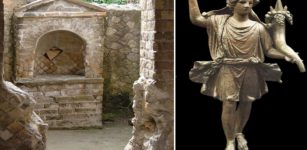 Lares: Roman Household Gods That Protected Home And Family
Ancient Traditions And Customs | Dec 14, 2020
Lares: Roman Household Gods That Protected Home And Family
Ancient Traditions And Customs | Dec 14, 2020
